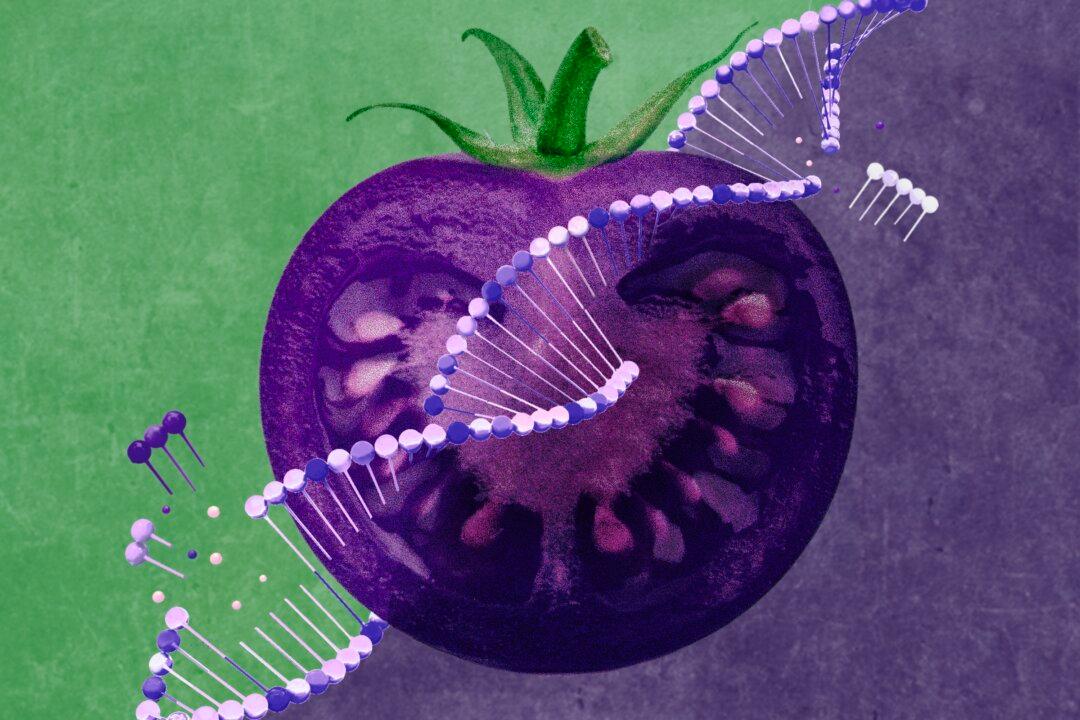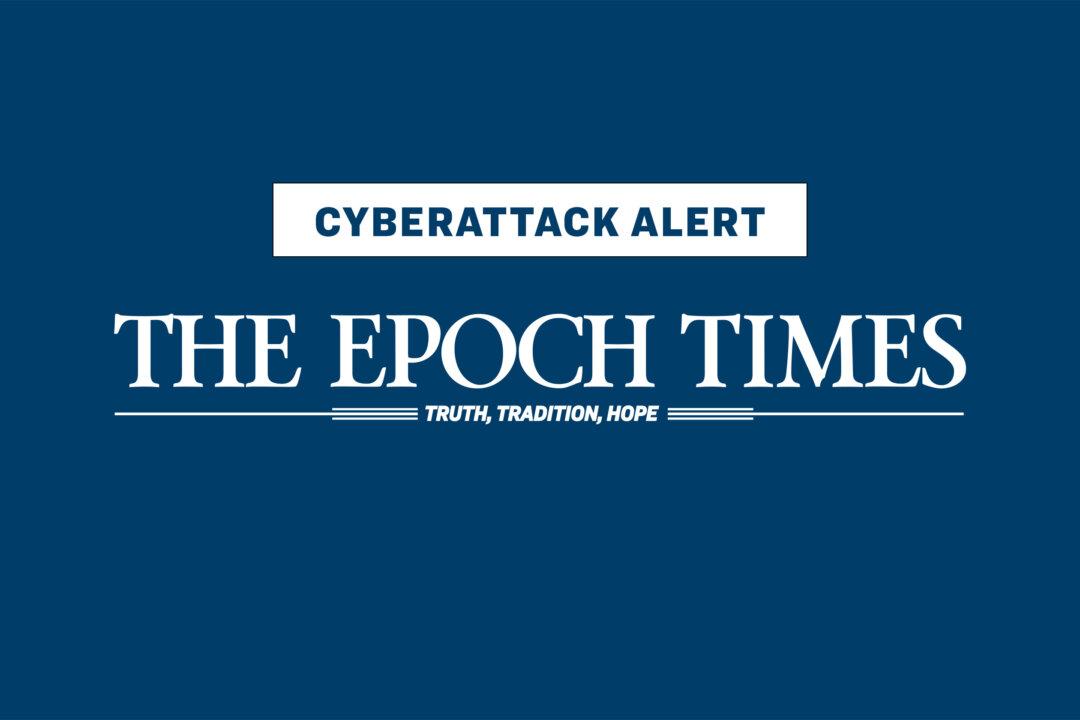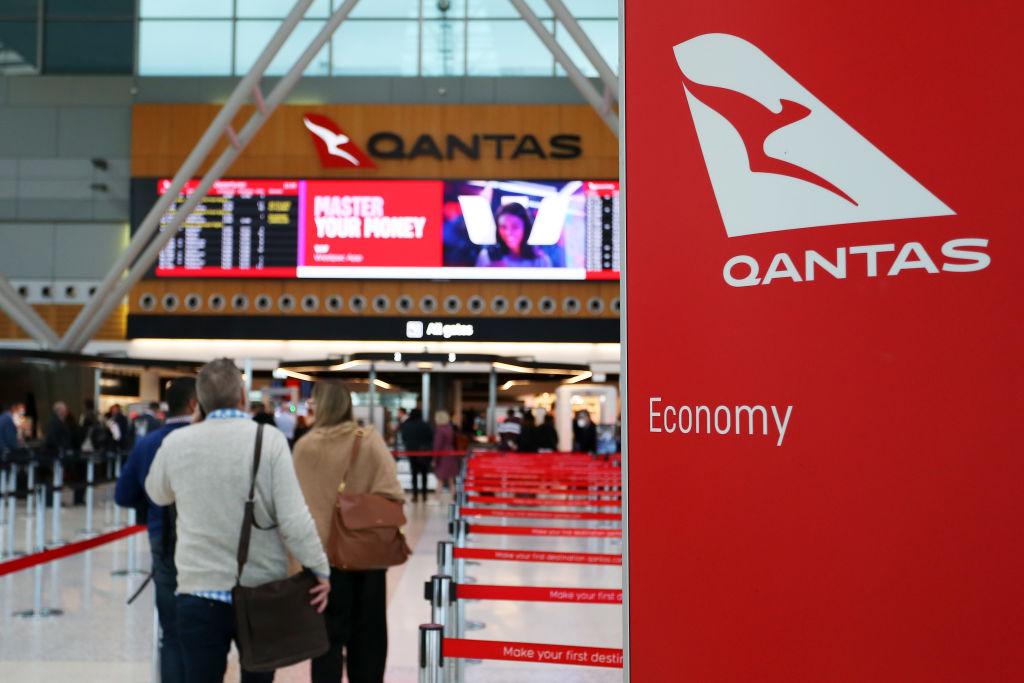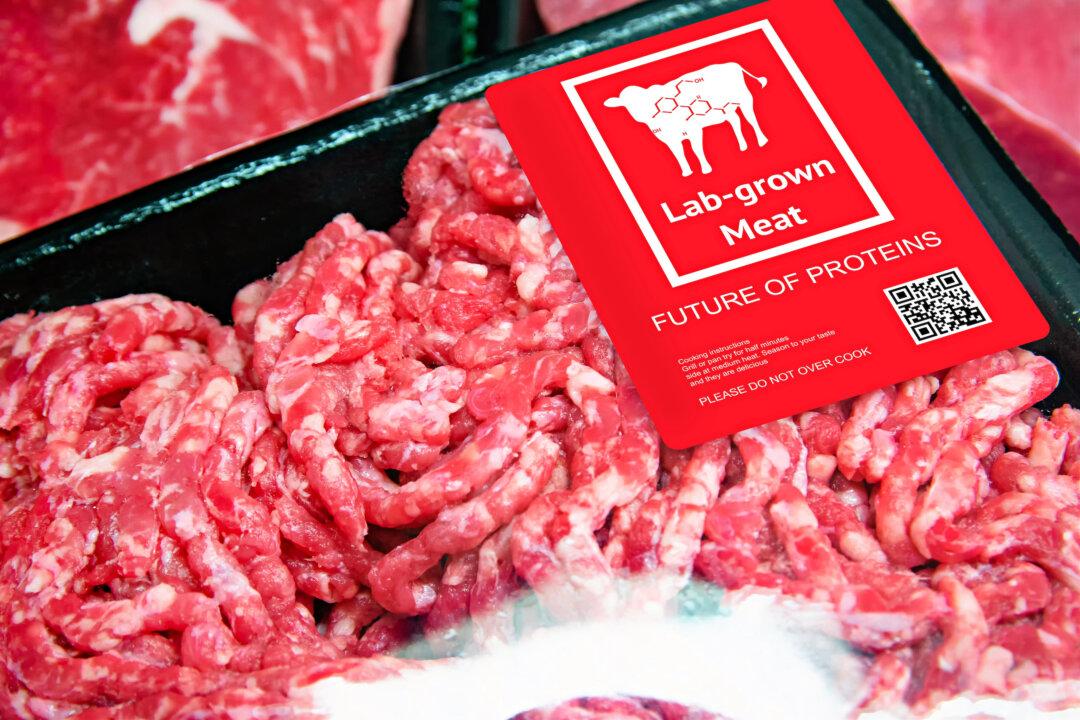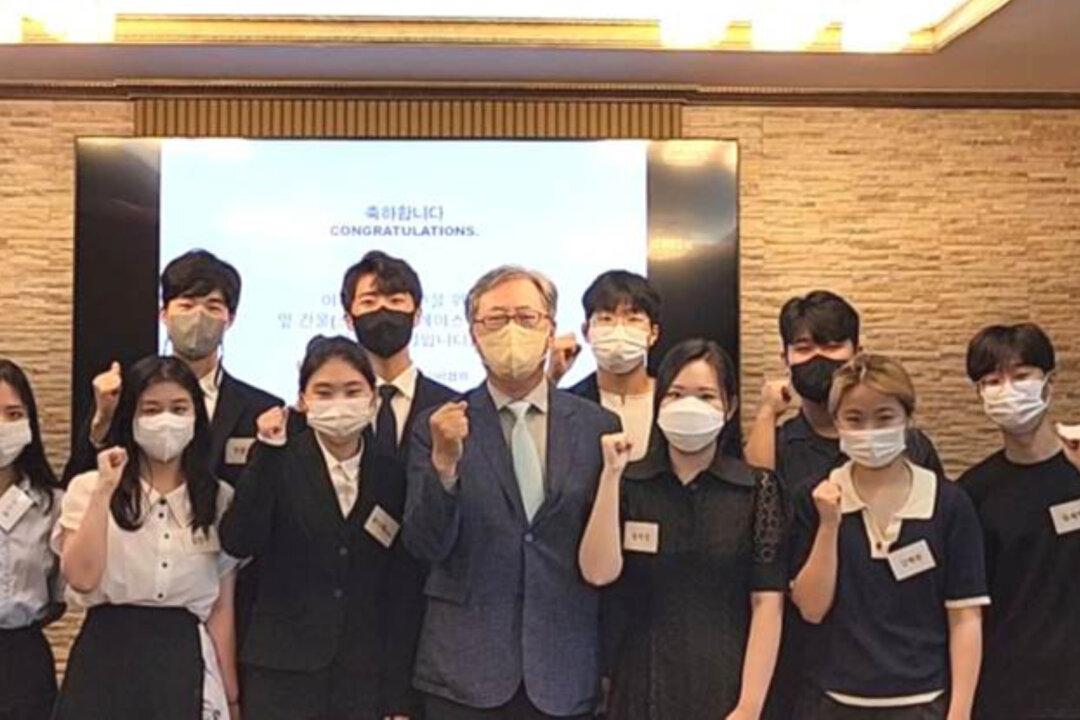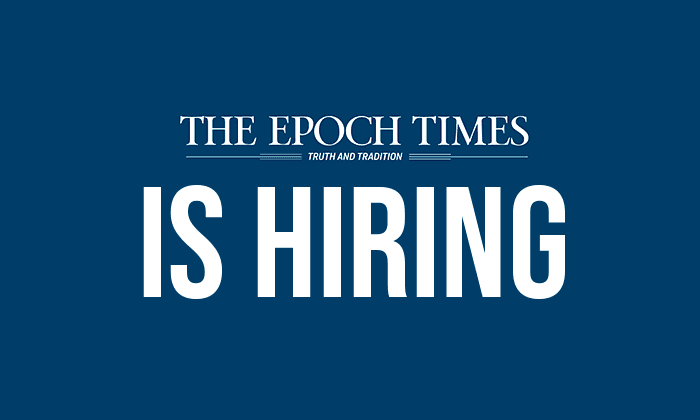Announcements
Get the latest announcements and updates from The Epoch Times. Stay informed on our latest events, offers, and more. Visit us now.
Announcements | LATEST STORIES
International Buyers Purchased $56 Billion Worth of US Homes in 1 Year
Buyers from China accounted for 15 percent of all foreign purchases, followed by Canadian buyers, at 14 percent.
|
‘Jaws’: 50th Anniversary and Birth of the Summer Blockbuster
Blockbuster firecrackers used to blow kids’ hands off. Then along came ‘Jaws,’ hijacked the name from fireworks, and transplanted it into showbiz forever.
|
The Pendleton Rescue: An Impossible Mission Proves Successful
The story of the greatest small boat rescue in U.S. Coast Guard history is all thanks to Bernard Webber, who was just 24 when he led the daring mission.
|
Trojan Tomato: A New GMO Is Designed to Infiltrate America’s Gardens
Gardeners can buy a new seed, a genetically modified tomato the FDA barely looked at and GMO proponents hope will win Americans over to more modified foods.
|
Saunas Might Harm Men’s Sperm Quality
A few studies have identified an association between frequent sauna use and lower sperm quality, but are these effects permanent? Discover the pros and cons.
|
Housing Groups Urged the Fed to Stop Raising Interest Rates as the Industry Suffers
The move comes as the Federal Reserve has increased interest rate 11 times since March 2022 in an effort to combat inflation.
|
International Buyers Purchased $56 Billion Worth of US Homes in 1 Year
Buyers from China accounted for 15 percent of all foreign purchases, followed by Canadian buyers, at 14 percent.
|
‘Jaws’: 50th Anniversary and Birth of the Summer Blockbuster
Blockbuster firecrackers used to blow kids’ hands off. Then along came ‘Jaws,’ hijacked the name from fireworks, and transplanted it into showbiz forever.
|
The Pendleton Rescue: An Impossible Mission Proves Successful
The story of the greatest small boat rescue in U.S. Coast Guard history is all thanks to Bernard Webber, who was just 24 when he led the daring mission.
|
Trojan Tomato: A New GMO Is Designed to Infiltrate America’s Gardens
Gardeners can buy a new seed, a genetically modified tomato the FDA barely looked at and GMO proponents hope will win Americans over to more modified foods.
|
Saunas Might Harm Men’s Sperm Quality
A few studies have identified an association between frequent sauna use and lower sperm quality, but are these effects permanent? Discover the pros and cons.
|
Housing Groups Urged the Fed to Stop Raising Interest Rates as the Industry Suffers
The move comes as the Federal Reserve has increased interest rate 11 times since March 2022 in an effort to combat inflation.
|





